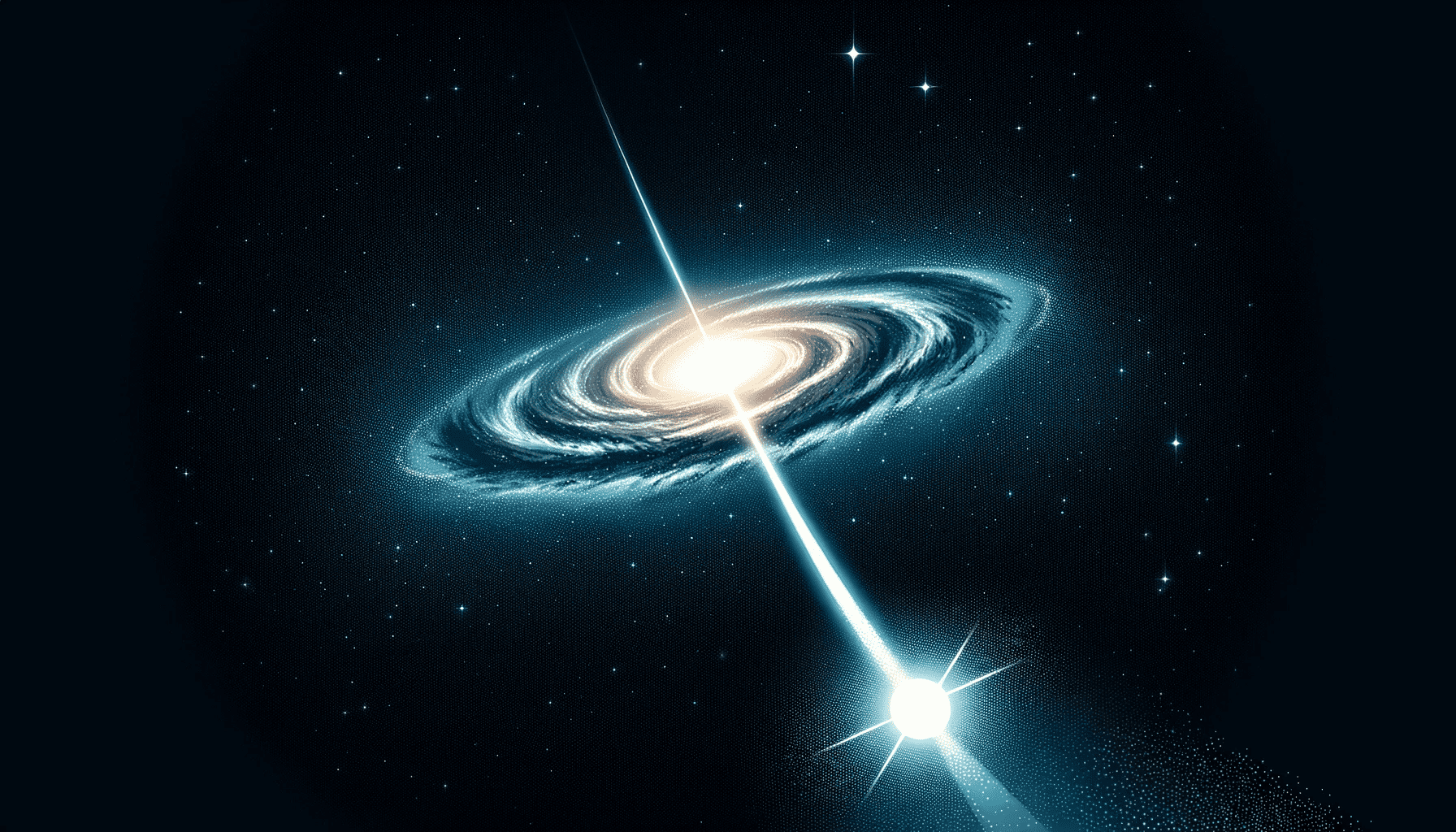
- 🌌 An extragalactic star, S0-6, was found near the Milky Way’s center and its supermassive black hole.
- 🔬 S0-6’s chemical composition matches stars in smaller, external galaxies, suggesting an extragalactic origin.
- 🚀 Over 10 billion years, S0-6 journeyed 50,000 light-years, reflecting the dynamic nature of stars and galaxies.
When it comes to stars, we might think of the beautiful night sky or our favorite local fireball, the Sun. Whether closer to home or farther away in distant galaxies, stars look static and timeless from our vantage point. However, that’s not at all true.
Case in point, an intriguing new study sheds light on a remarkable cosmic traveler: a star that began its life somewhere outside of the Milky Way but which eventually made it all the way to the very center of our galaxy. This marks the first instance of an extragalactic star found near the supermassive black hole at the center of our galaxy.
A sluggish journey to the galactic abyss

The heart of the Milky Way harbors a supermassive black hole, Sagittarius A*, surrounded by numerous stars. The harsh environment near this black hole, wrought by its immense gravity, is inhospitable for star formation. This raises a compelling question: where did these stars originate?
Most of these stars were forged in some more distant corner of our galaxy, and over time cosmic forces drew them to Sagittarius A*. Yet astronomers led by Shogo Nishiyama of Miyagi University of Education have now shown that at least some of these stars have a much more eccentric origin.
Over eight years of observations with the Subaru Telescope, the team focused on a star known as S0-6, located a mere 0.04 light-years from Sagittarius A*.
Their findings are astonishing. S0-6, estimated to be about 10 billion years old, has a chemical makeup akin to stars in smaller galaxies beyond the Milky Way, such as the Small Magellanic Cloud and the Sagittarius dwarf galaxy. This suggests that S0-6 was not born within our galaxy but was instead a member of a now-extinct small galaxy that once orbited the Milky Way and was eventually absorbed.
The journey of S0-6 is a testament to the dynamic nature of galaxies. Over its 10 billion-year lifespan, this star has traversed over 50,000 light-years, likely spiraling slowly towards the galaxy’s center, far from a straight path. It’s a genuine stellar odyssey if we ever saw one.
As research continues, numerous questions linger. Nishiyama himself ponders, “Did S0-6 really originate from outside of the Milky Way galaxy? Does it have any companions, or did it travel alone?” The answers to these questions may reveal more about the nature of stars near supermassive black holes and the intricate dance of galaxies across the cosmos.
The findings appeared in the Proceedings of the Japan Academy, Series B.









